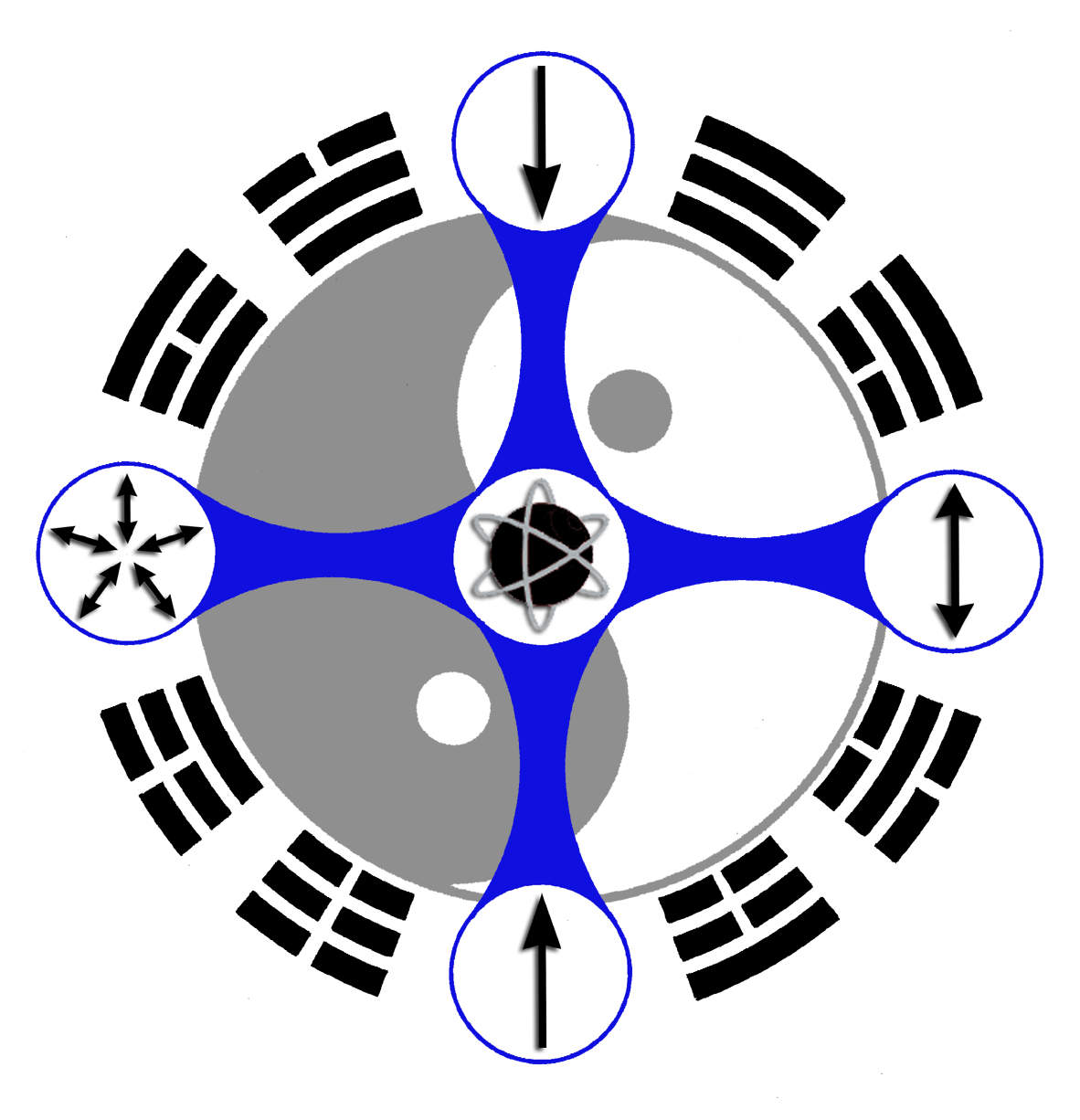Peaks & Plateaus of Internal Arts Training (Part 2 of 2)
By Paul Cavel
In Part 1, we explored the peaks and plateaus in training both external and internal forms of exercises, and why you should not be discouraged when you recognize you have reached a plateau.
The Taoist Principle That Saves the Day
When you hit a plateau, that is the time when you must keep practicing in order to advance. Do not go for broke and push past your two-thirds of comfortable ability by trying to force progress to happen. The perceived plateau might be as simple as the mind’s desire to achieve more, more, more! Slow down, be patient and apply the Taoist Principle of Separate and Combine — the principle that is almost always involved to some degree or another with generating the more profound benefits associated with internal arts training like tai chi and qigong.
Attune your intent to the fact that you would like for something to change, but do not have the expectation that it will, especially in any particular time frame. Your mind can project all kinds of wonderful events that could take place at some point in the future, but all healing takes place in the here and now. Be present during your practice and then you can experience the truly wonderful surprises that the moment has to offer. Such direct experience is leaps and bounds beyond anything you could imagine, and creates mind-body-energy unity that a mental construct alone could never touch.
Are You a Human Being or a Human Doing?
I began writing about my experiences as a Water method arts teacher and student 15 years ago. At that time I had more than two decades training under my belt and, although I had been repeatedly asked by students to provide written materials and video demos, I was initially reluctant. Studying Taoist arts is a highly individual process and absolutely requires live training accordingly. Also, one of the tenets of Taoism is not imposing dogma or restrictions on people, so that each individual can explore questions of health, morality and spirituality in their own right. Having studied other traditions and devoted innumerable hours to learning and memorising the associated jargon, deities, rituals and overall methodology, I felt a sense of freedom when I came to study Taoism. There were no set requirements and I could practise without feeling there was more I should be doing. My primary teacher Bruce did not ask anything of me and, living in Europe while my teacher lived in California in the early years, I had long stretches of time to practise the material I learned from him before I would get the next piece of the puzzle. My focus was on exploring and developing only what I had learned in relatively short spaces of time (from a weekend to no more than a month) for the whole year following, sometimes more.
When I finally came to write my first article, I wrote about the Principle of Separate and Combine because of my personal experience, that was receiving a little neigong instruction and having a lot of time to deconstruct those components and reconstruct them in a myriad of ways once again. More importantly, however, I recognised that most of the students I encountered in both my teacher’s courses and my own had largely overlooked the circular nature of training the Taoist arts, which definitively relies on the Principle of Separate and Combine. Now, after 28 years teaching full-time, I acknowledge that some dedicated students must feel like they are listening to a broken record replaying the same old track over and over again, drumming the beat of “do less and never stop deconstructing and rebuilding forms!”
Why do I continue to the beat the drum?
It is the antidote to the perfectly natural state of hitting plateaus. Even with well-meaning intention and dedication, without Separate and Combine, you will not be able to set about on the next climb, that is to penetrate your body more deeply, and reach the next level of integration or jump in qi development. It makes practice alive, fun and different from one day to the next even if you are in a long cycle of developing a particular thread of group of internal threads.
If I could offer one message to my students, it is to take your time and consider all the possibilities through the continual deconstruction-reconstruction cycles. The aim is not just to practice a form, but rather to be inside yourself and find what works for you personally in order to open up, heal and grow. Through this process, accept and be honest with yourself about your limitations, so you can free your mind from constantly jumping from one thing to the next to avoid facing the truth; free yourself from chasing unattainable, higher states of practice. Then, from that accepting state, you can free your body from the tensions that reside there. After all, you are not a human doing, you are a human being whose intrinsic value far exceeds only what you can do. And when you remove the barriers that sap and restrict your potential, you can grow more … maybe even beyond what you could have originally envisioned.
